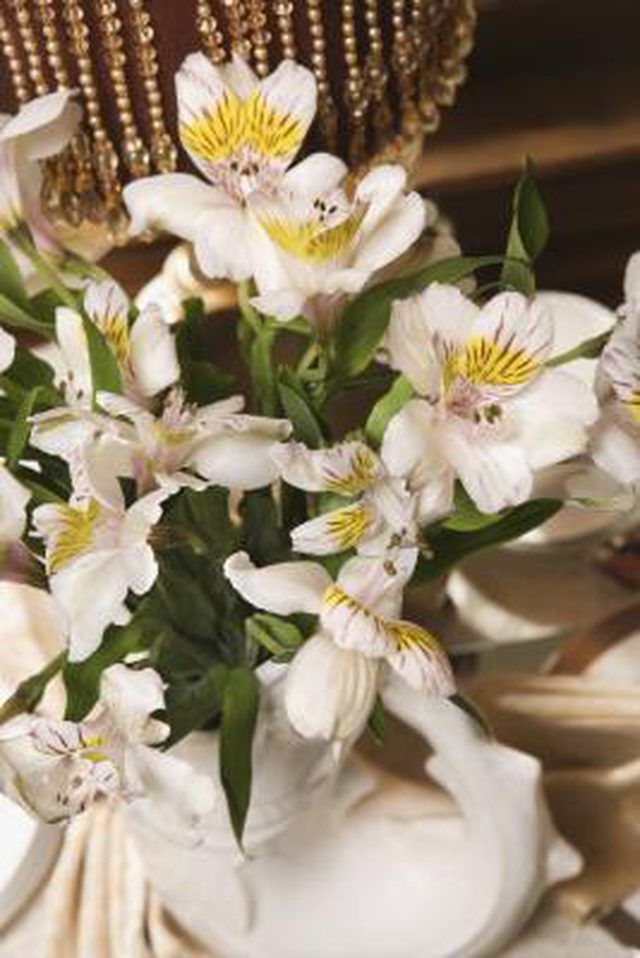Bulbs
Flower Basics
Flower Beds & Specialty Gardens
Flower Garden
Garden Furniture
Garden Gnomes
Garden Seeds
Garden Sheds
Garden Statues
Garden Tools & Supplies
Gardening Basics
Green & Organic
Groundcovers & Vines
Growing Annuals
Growing Basil
Growing Beans
Growing Berries
Growing Blueberries
Growing Cactus
Growing Corn
Growing Cotton
Growing Edibles
Growing Flowers
Growing Garlic
Growing Grapes
Growing Grass
Growing Herbs
Growing Jasmine
Growing Mint
Growing Mushrooms
Orchids
Growing Peanuts
Growing Perennials
Growing Plants
Growing Rosemary
Growing Roses
Growing Strawberries
Growing Sunflowers
Growing Thyme
Growing Tomatoes
Growing Tulips
Growing Vegetables
Herb Basics
Herb Garden
Indoor Growing
Landscaping Basics
Landscaping Patios
Landscaping Plants
Landscaping Shrubs
Landscaping Trees
Landscaping Walks & Pathways
Lawn Basics
Lawn Maintenance
Lawn Mowers
Lawn Ornaments
Lawn Planting
Lawn Tools
Outdoor Growing
Overall Landscape Planning
Pests, Weeds & Problems
Plant Basics
Rock Garden
Rose Garden
Shrubs
Soil
Specialty Gardens
Trees
Vegetable Garden
Yard Maintenance
How to Replant a Cut Orchid Stem
How to Replant a Cut Orchid Stem. Exotic orchids are fascinating to watch and make a fulfilling hobby for the avid collector; but, you don't have to be a collector to enjoy an orchid plant. Orchids are easy to grow, if you know the ins and outs of how to care for them. Repotting an orchid when it's outgrown it's original pot, or planting a cut...

Exotic orchids are fascinating to watch and make a fulfilling hobby for the avid collector; but, you don't have to be a collector to enjoy an orchid plant. Orchids are easy to grow, if you know the ins and outs of how to care for them. Repotting an orchid when it's outgrown it's original pot, or planting a cut orchid stem requires a little knowledge of how orchids grow.
Things You'll Need
Pots
Potting medium such as bark
Styrofoam peanuts
Sulfur
Cutting tools
Small torch
Small stakes or skewers
Labels
Sphagnum moss
Choose a mature orchid plant that needs transplanting or dividing. Make sure the plant has completed blooming and is producing new growth before dividing or transplanting cuttings.
Remove unhealthy roots from the plant. It is normal for orchid roots to grow outside the pot. Unhealthy roots are those that have developed root rot and are soft and mushy to the touch.
Gather your supplies before starting to transplant. Sterilize all tools with either alcohol, a hot flame or a dusting of sulfur. Orchids are prone to infection and this protects the cuttings.
Water the plant before repotting to make removal from the pot easier.
Tip the plant on its side and remove it from the pot. Tap the bottom of the pot to encourage stubborn plants stuck in the pot.
Discard old planting medium by gently removing it from around the roots with your fingers being careful not to break healthy roots.
Trim away any dead leaves, wilted blossoms, old growth and rotten roots. Healthy roots should be white or tan. If they are black, hollow, mushy or look like wires, they should be discarded.
Divide the plant making sure each section of cut stem has at least three healthy growths with leaves, and some healthy roots attached.
Rinse the roots in water to make them more pliable for replanting.
Dust all cut ends with sulfur to help prevent infection and encourage healthy new growth.
Add the styrofoam peanuts and some new plant medium to the pot and place the plant firmly into the planting medium. Wrap the roots in sphagnum moss, made slightly damp and gently bend the healthy roots so they fit into the new pot.
Label the newly planted cutting so you remember which plant is which if you are transplanting more than one breed of orchid.
Tips & Warnings
There are several ways to repot orchids based on which type of plant you have. Most orchids will last in their pots for about 2-years. After this time, the planting medium will not longer supply them with needed nutrients and it is then time to divide them and repot.
Orchids prefer to be root-bound. Allow only a small amount of space around the edge of the pot -- 1-inch or so -- for the root expansion. This will encourage the newly planted orchid to become root bound again.
Some orchids are susceptible to pseudomonas disease, especially the Phalaneopsis orchid. Using urea-free fertilizer may prevent this.